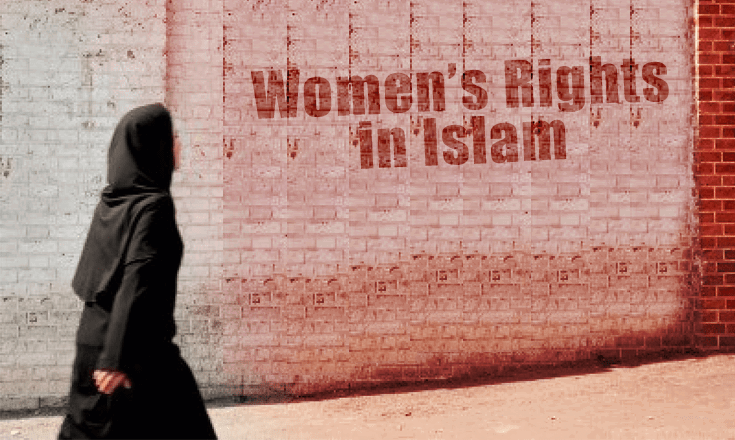Status of Women in Pre-Islamic Arabia v/s Islamic Arabia


A society is as prosperous as its women folk is. Hence every free civilization tries to gives its women the rights as far as possible.
The status of the women in world changed greatly after the advent of Islam and has been hotly debated with people arguing from both sides.
In this article we shall analyze the differences between the status of the women in pre Islamic and Islamic Arabia.
From the above examples, it is clear that the Islam regressed the status of women greatly.
Summarizing, before advent of Islam,
When the Muslim women realize this and revolt, time will only tell.
DISCLAIMER: The author is solely responsible for the views expressed in this article. The author carries the responsibility for citing and/or licensing of images utilized within the text.
